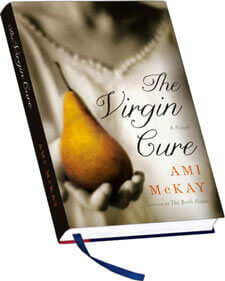

HIV/AIDS South Africa ethnomedicine rape virgin cleansing. The author argues that closer attention paid to the shaping influence of cultural schemas are critical to better understanding belief-behaviour linkages in the context of rape and AIDS. Based on ethnographic research in several peri-urban settlements of KwaZulu-Natal province, key aspects of ethnomedical knowledge associated with notions of 'dirt' and women's bodies are examined along with the metaphors that inform local interpretations of HIV/AIDS. This article attempts to reveal the systematic logic upon which is based the idea of 'virgin cleansing' as a therapeutic response to HIV/AIDS amongst the Zulu. Escaping the filth and squalor of the tenements, Moth finds herself in a brothel with her needs. The year is 1871 and the place is New York City. Moth is a desperately poor 12 year old girl sold into servitude by her mother. From 1 international bestselling author Ami McKay comes The Virgin Cure, the story of a young girl abandoned and forced to fend for herself in the poverty and treachery of post-Civil War New York City. While the prevalence of this myth has been a matter of concern in local communities for some time, there have been recent attempts to discern the extent to which this belief is exacerbating perceived increases in child rape and the rate of new HIV infections nationwide. So starts The Virgin Cure, a poignant novel about a difficult subject, but handled gently by master storyteller Ami McKay. The belief that HIV/AIDS can be cured as a result of having sex with a virgin has been identified as a possible factor in the rape of babies and children in South Africa.


 0 kommentar(er)
0 kommentar(er)
